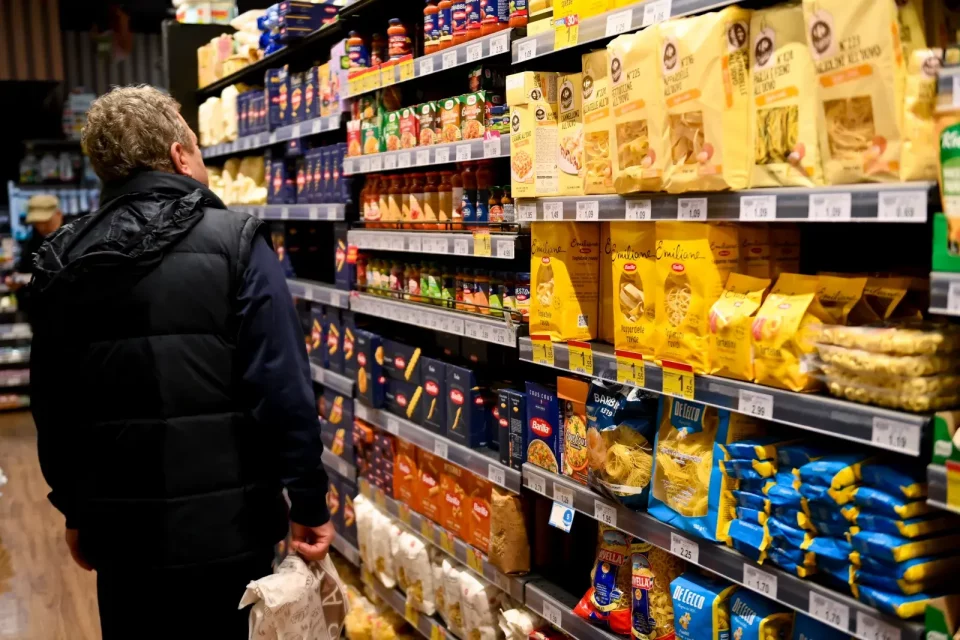The beloved Italian pasta brands lining American supermarket shelves could soon become a luxury item, as the U.S. government considers a dramatic import duty on major Italian pasta producers.
Following a recent probe by the U.S. Department of Commerce, authorities have proposed a 92% anti-dumping duty on 13 of Italy’s largest pasta exporters, including well-known names such as La Molisana and Pastificio Lucio Garofalo. Combined with the existing 15% tariff on European Union imports, the total levy could soar to 107%, marking one of the steepest import duties imposed under the Trump administration, according to The Wall Street Journal.
The investigation determined that certain Italian producers were selling pasta below fair market value in the United States, prompting Washington to consider strong corrective measures. Industry observers warn that the ripple effects could be severe.
Food industry analyst Phil Lempert, editor of SupermarketGuru, cautioned that the tariff could trigger a double blow: higher prices and shrinking supplies. “You don’t have enough domestic manufacturing to fill up those shelves,” Lempert explained. “So you’re going to walk into the pasta aisle and you’re going to see it half empty.”
If implemented, the new import duty could make imported Italian pasta both costlier and harder to find, forcing retailers to rely more heavily on domestic or alternative foreign producers. For millions of Americans who view authentic Italian pasta as a pantry staple, the upcoming months could mark a significant shift in both availability and affordability.
Industry experts suggest that while some Italian brands may attempt to absorb part of the cost, others could withdraw from the U.S. market entirely, reshaping the landscape of pasta imports for years to come.

